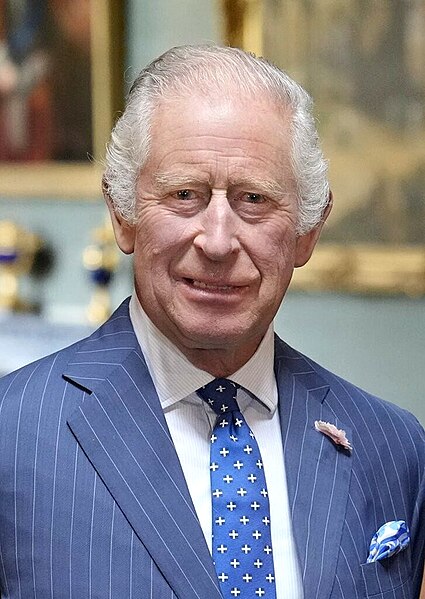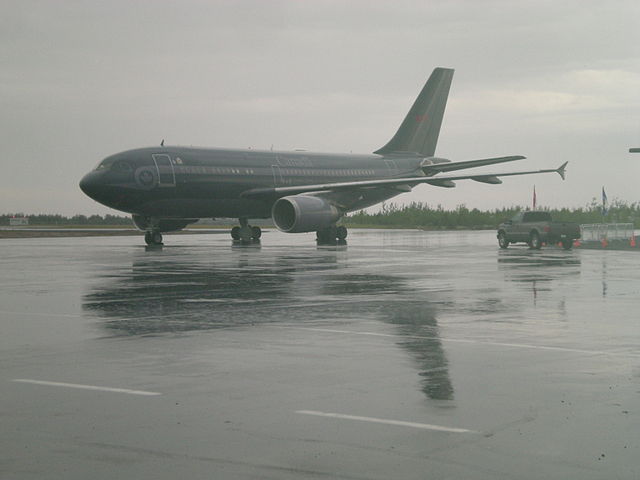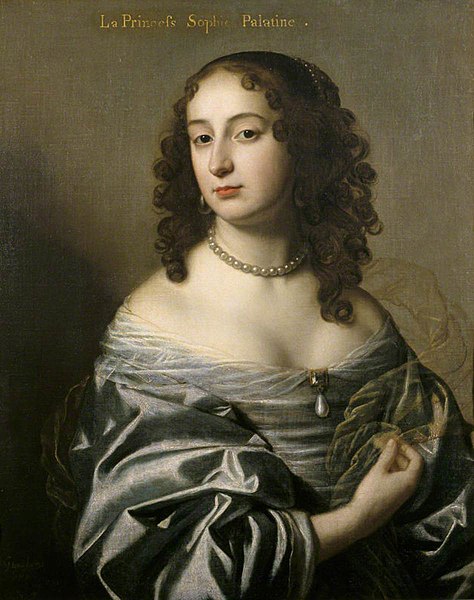The National Flag of Canada, often simply referred to as the Canadian flag or, unofficially, as the maple leaf flag or l'Unifolié, consists of a red field with a white square at its centre in the ratio of 1∶2∶1, in which is featured a stylized, red, 11-pointed maple leaf charged in the centre. It is the first flag to have been adopted by both houses of Parliament and officially proclaimed by the Canadian monarch as the country's official national flag. The flag has become the predominant and most recognizable national symbol of Canada.
Depiction of Jacques Cartier meeting with Iroquoians at Stadacona. Another member of Cartier's party is holding the royal banner of France.
A Canadian postcard marking the coronation of King George V and Queen Mary in 1911, depicting a Canadian Red Ensign with a crowned composite shield of Canada in the fly, and the Union Flag below it
Royal proclamation of the national flag of Canada
The Canadian flag flying at Peace Tower. An official ceremony inaugurating the flag was held on Parliament Hill in 1965.
The monarchy of Canada is Canada's form of government embodied by the Canadian sovereign and head of state. It is one of the key components of Canadian sovereignty and sits at the core of Canada's constitutional federal structure and Westminster-style parliamentary democracy. The monarchy is the foundation of the executive (King-in-Council), legislative (King-in-Parliament), and judicial (King-on-the-Bench) branches of both federal and provincial jurisdictions. The current monarch is King Charles III, who has reigned since 8 September 2022.
Monarchy of Canada
A Royal Canadian Air Force Royal Flight, used to transport the Duke and Duchess of Cambridge during their 2011 royal tour of Canada.
Sophia, Electress of Hanover, from whom heirs to the throne must directly descend
A memorial procession in Ottawa before the national commemoration ceremony for the death of Queen Elizabeth II








